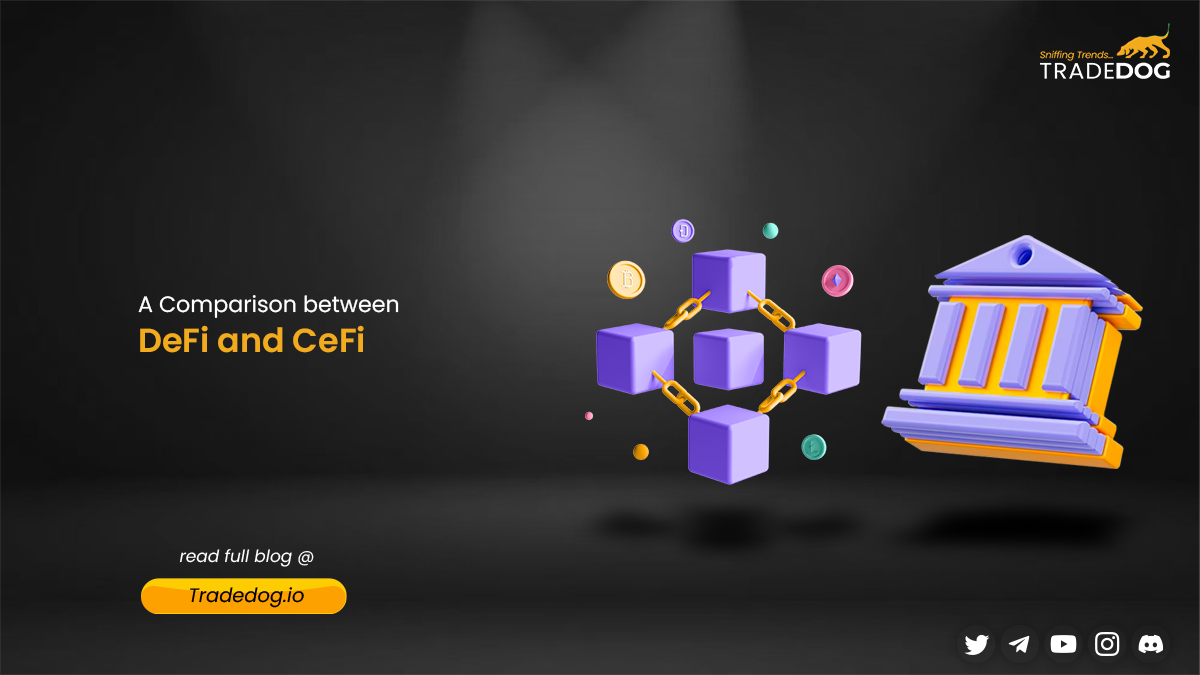Quick Links
Blockchain technology and Bitcoin were made popular in 2008 when Satoshi Nakamoto authored and released the Whitepaper that would go on to change the way the world sees its finances. The goal was to create an alternative means of carrying out financial transactions, but it has since become bigger than just a means to send and receive money without using traditional banks.
With regular and constant innovations, we continue to see different uses and applications of Bitcoin in Decentralized Finance that we’re pretty sure a lot of us didn’t see coming. Bitcoin has gone from just another means of payment to being used as a passive means of making money by being put to work in multiple DeFi protocols. With these protocols, crypto users and Bitcoin owners are able to utilise their idle bitcoins by borrowing, lending, or using them to provide liquidity.
To understand Bitcoin as an asset in DeFi, we first need to understand what DeFi is.
What is Decentralized Finance?
Decentralized Finance (DeFi) is an alternative form of finance that is based on blockchain technology and does not depend on central financial authorities or intermediaries like banks and exchanges to offer traditional financial services. DeFi instead uses the Smart Contract technology on blockchains to carry out a lot of its transactions and the most common blockchain for this is Ethereum.
Platforms in the DeFi ecosystem allow users to borrow or lend funds from/to other users. Users are also able to speculate on the movement of prices on a range of assets by using Derivatives. They can also trade cryptocurrencies and earn interest through yield farming just like with regular bank accounts. To paint a clearer picture, if you want to borrow $20,000 from a bank, you either need to have some money in your bank or you need some form of assets that can be used as collateral. You then have to go through the process of getting your finances reviewed and have a set interest rate for your loan repayment.
Finally, the bank gives you the money, but it also starts collecting your payments with interest. It also has the freedom to seize your collateral if you default on your payment. Here, it is very obvious that all the power resides with the bank. They control your money and are authoritative as everything depends on them. Bitcoin has changed that once and for all.
How Bitcoin and Cryptocurrencies have come into DeFi
DeFi has changed the power dynamics that have existed between banks and their customers for centuries now. If you want a loan, you can get one simply by putting cryptocurrency as your collateral and a Smart Contract is created. This Smart Contract gets you money from other people who have made funds available on the blockchain (lenders). There is entirely no need for a bank or a loan officer.
Bitcoin and other stablecoins can be used as collateral and transactions like this on DeFi platforms are more flexible, secure, automated and efficient unlike in traditional finance. A lot of people see the benefits too and it has been what is behind DeFi’s meteoric rise. In May 2021, over $80 billion worth of cryptocurrencies were locked in DeFi contracts with a total market volume of $69 billion as of August 3, 2021. This is compared to less than $1 billion in locked assets a year ago.
On July 15, CEO of Twitter and Bitcoin enthusiast Jack Dorsey announced on Twitter that he would launch a DeFi platform for developers to create projects based on Bitcoin. This announcement put his mobile payments company Square at the centre of one of the most talked-about areas of innovation in finance. In the announcement, Dorsey said he plans to create a “new business” with the “sole goal of making it easy to create non-custodial, permissionless, and decentralized financial services.”
He tweeted: “Our primary focus is Bitcoin. Its name is TBD.”
Conclusion
The figure above is just a drop in a global finance sector that carries out transactions worth about $20 trillion and this suggests that there is still a lot of room for growth and improvement. Bitcoin and other cryptocurrencies are increasingly being seen as not just tenders for financial transactions. In a relatively young industry that has a huge potential to evolve in a short period of time, we will continue to see other technologies and inventions in the space, which ultimately means other use cases for cryptocurrencies.













